Featured Images
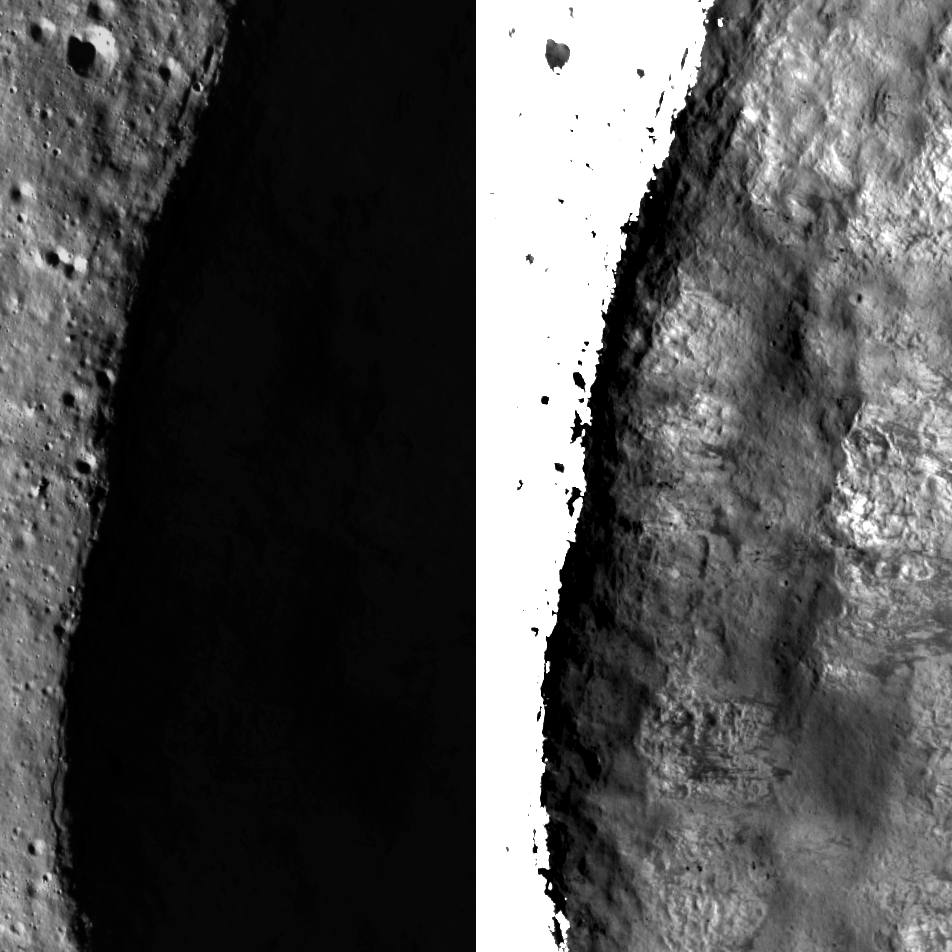
Searching for Ice at the Moon's Poles
Flank, rim and shadowed interior of Sylvester N crater (20 km diameter, 82.41°N, 291.32°E). Left stretch shows off details of illuminated ground while right stretch brings out details of permanently shadowed interior, which is...
Published on 20 Dec 2017
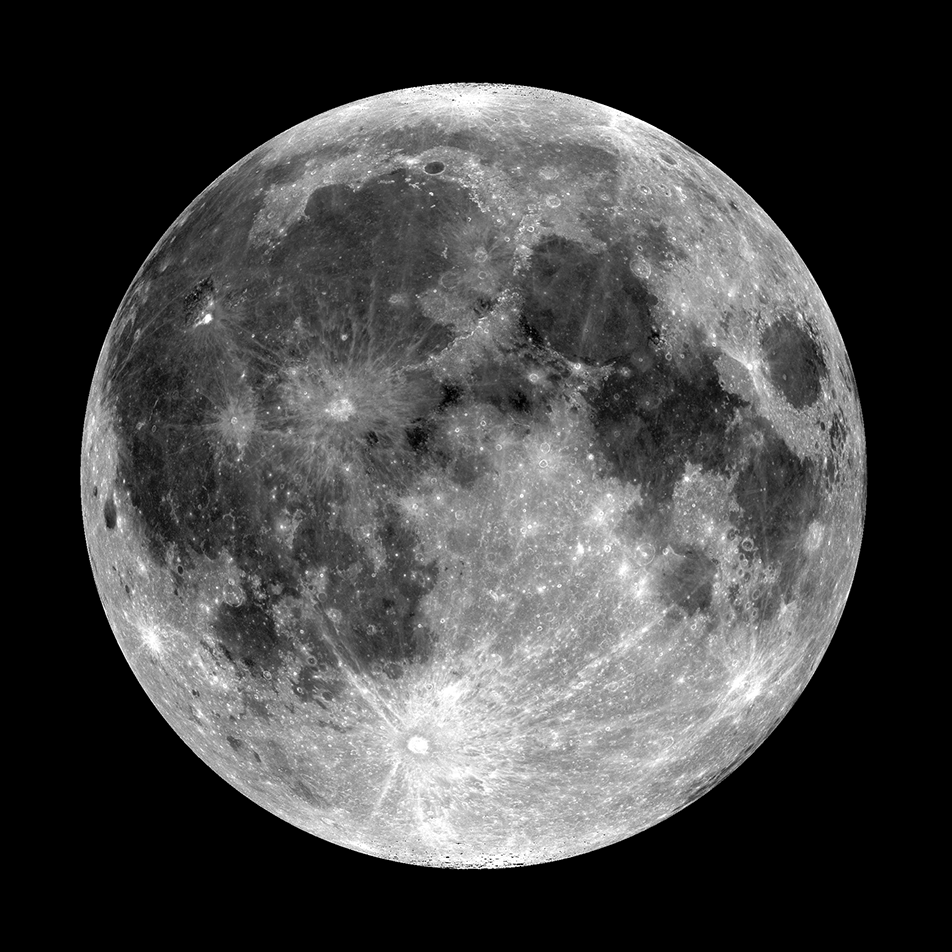
Ilmenite Seen with Ultraviolet Light
The low-reflectance portions of the Moon are composed of mare basalts, which formed via large eruptions of lava in the ancient lunar past. Variations in reflectance within the mare depend on composition, in particular, the abundance of...
Published on 01 Dec 2017
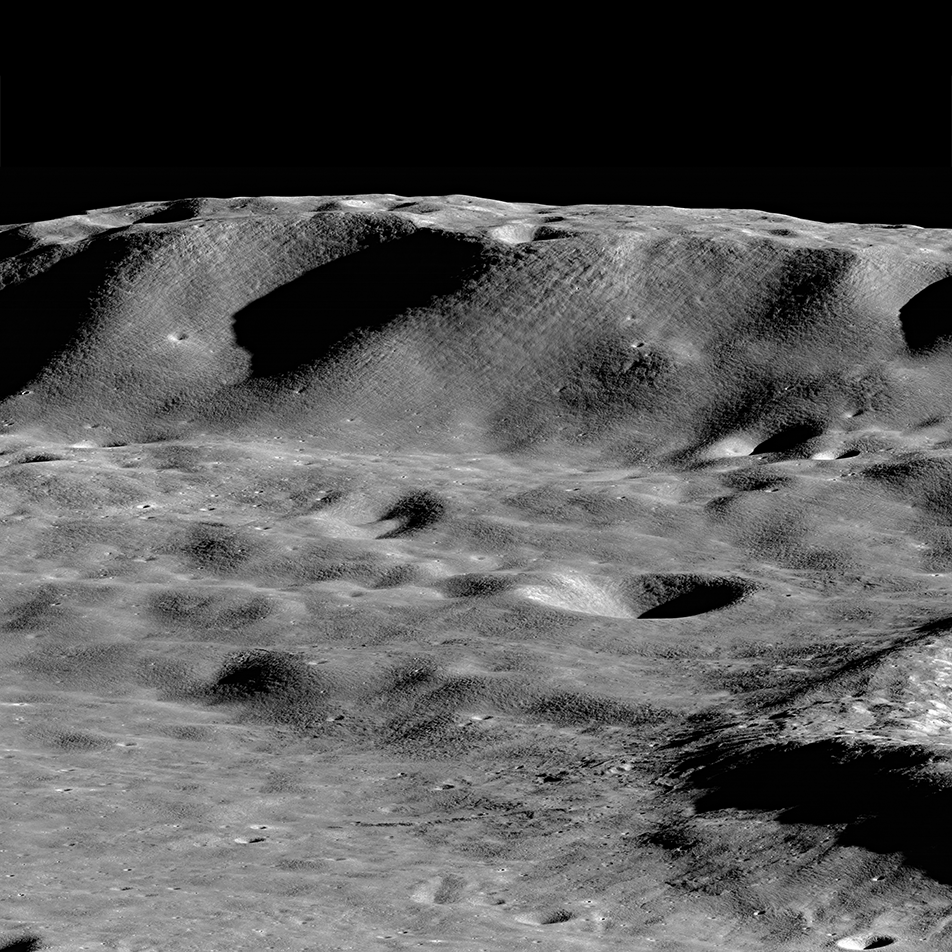
Mountains of the Moon: Zeeman Mons
The largest mountains on the Moon rival those of the Earth. Here Zeeman mons (informal name) rises more than 7,570 m (24,500 ft, 73.39°S, 213.31°E) above the floor of Zeeman crater, and the flank of Zeeman Y is just visible on the right...
Published on 20 Nov 2017
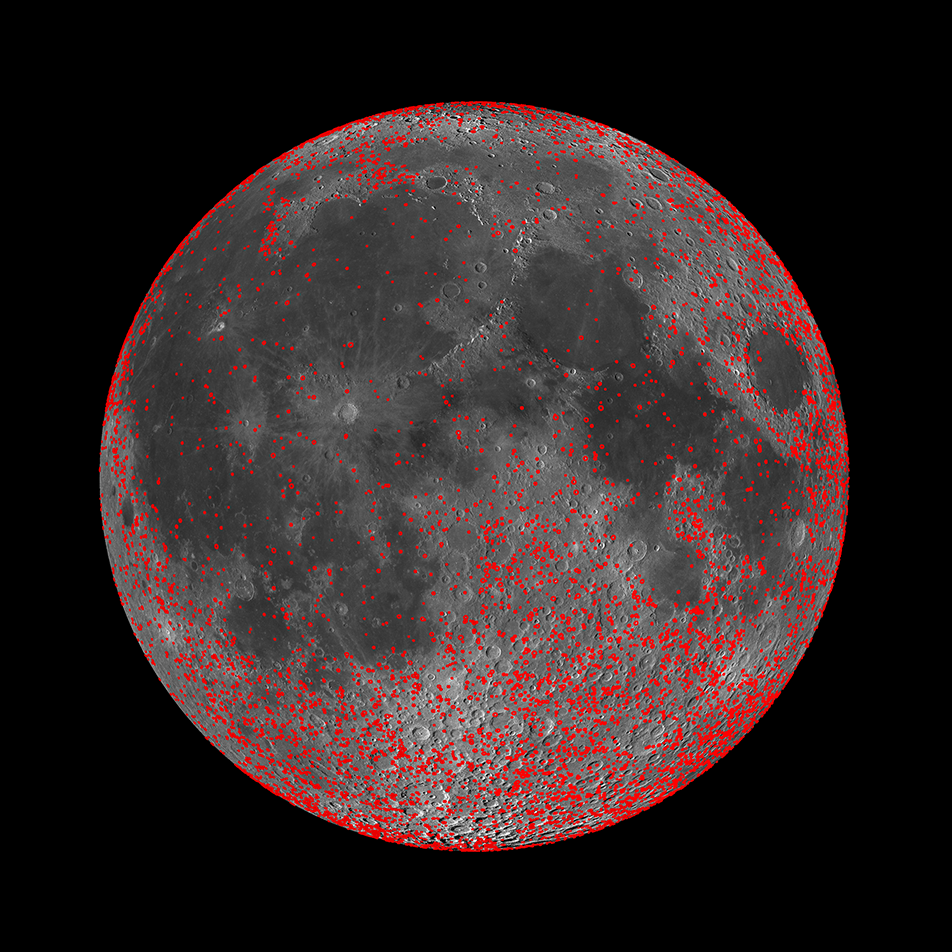
Every Crater on the Moon (Larger than 5 km)
New work from the LROC team resulted in a map of all detectable craters on the Moon between 5 and 20 km in diameter (red circles). When combined with an existing map of craters larger than 20 km in diameter, the differences in the...
Published on 13 Nov 2017
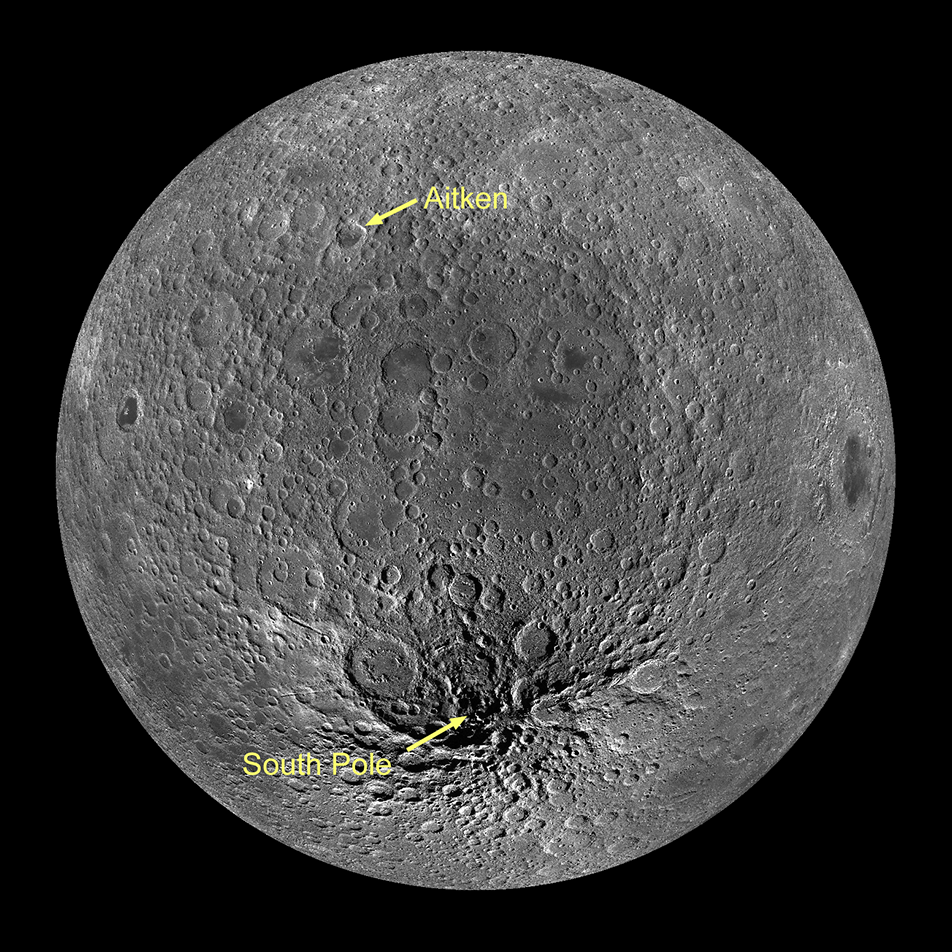
The History of Volcanism in the Moon's Largest Basin
A view of the Moon's largest impact feature, the South Pole–Aitken basin, so named because it stretches between Aitken crater and the south pole. The orthographic projection here centered on the basin (53°S, 191°E) highlights how much...
Published on 02 Nov 2017
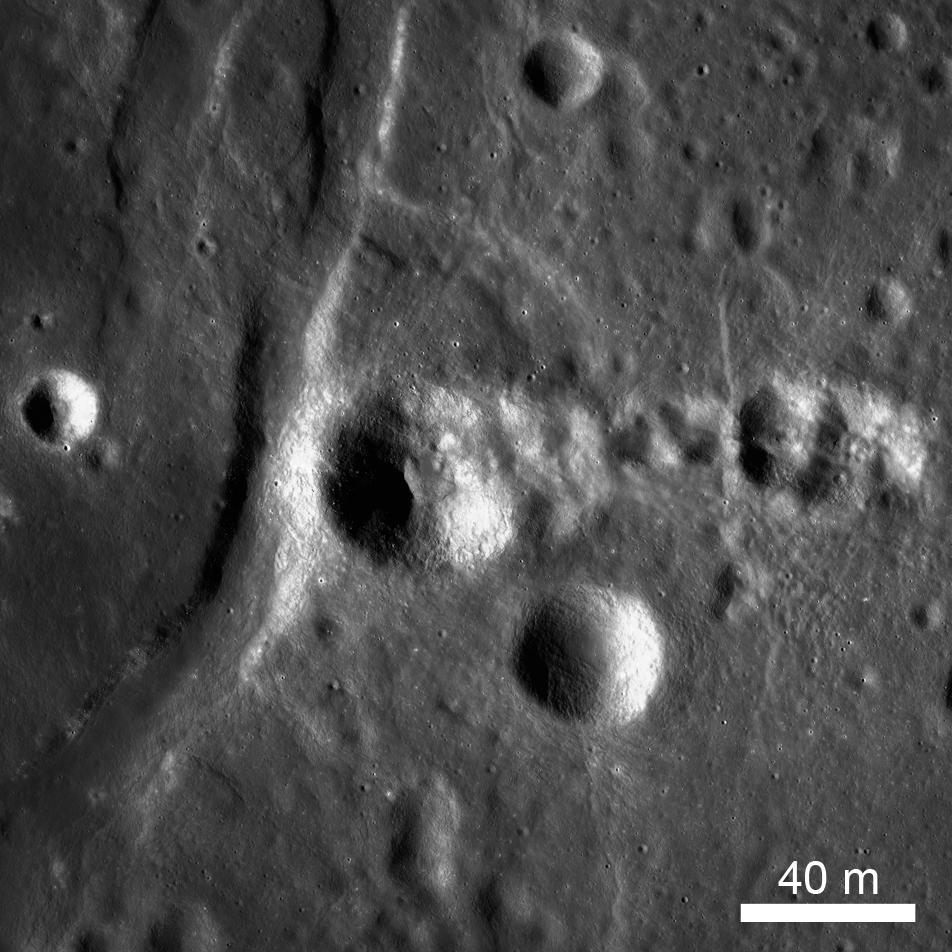
High Resolution Maps of the Moon
A section of Narrow Angle Camera (NAC) Region of Interest (ROI) mosaic of Catena Littrow (22.23°N, 29.61°E) represents one of 12 new Reduced Data Records (RDRs) recently released as part of Volume 31 of the LROC Planetary Data System...
Published on 31 Oct 2017
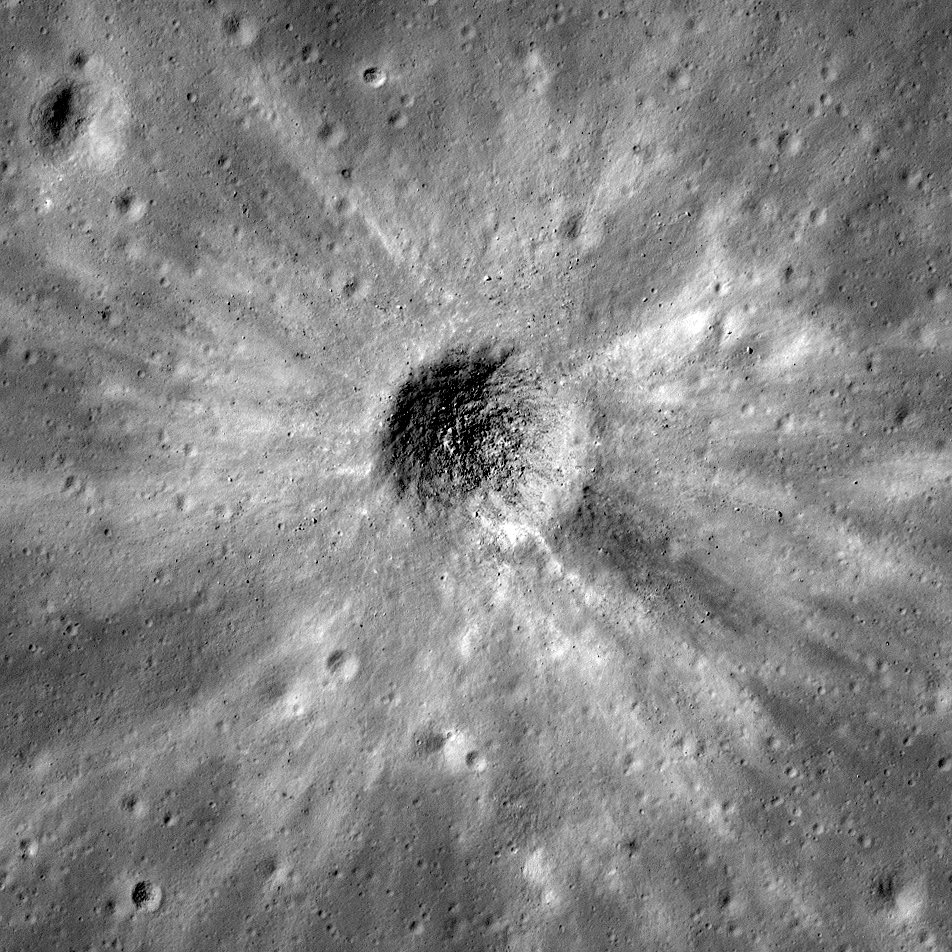
Probing the Lunar Surface Using Small Impact Craters
A fresh impact crater with finely detailed ejecta patterns. How has this crater changed since it was formed? Can the shape of this crater tell us anything about the surface in which it formed? The crater cavity (centered at 20.870°S,...
Published on 20 Oct 2017
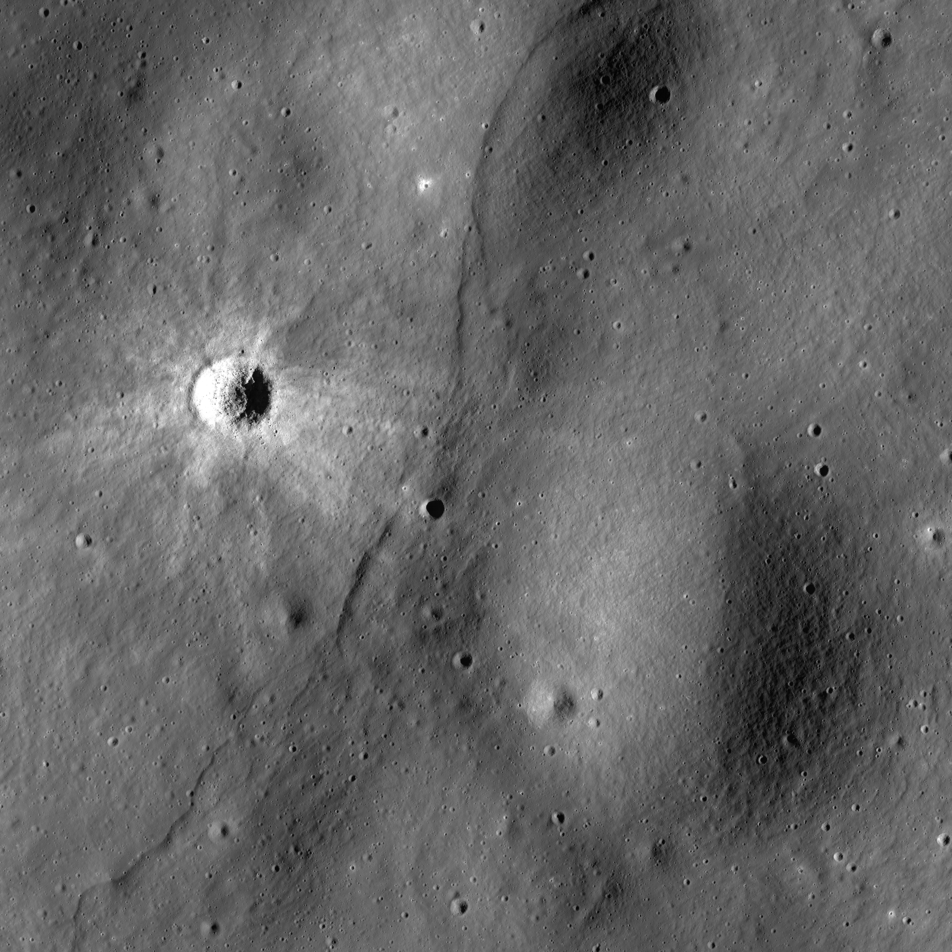
Investigating Newly Discovered Lobate Scarps
Joy scarp (25.28°N, 6.84°E) extends from the lower left to upper right across this scene, and is found northeast of Joy crater (not seen) in a hummocky terrain between Mare Imbrium and Mare Serenitatis. Ejecta from the fresh, 300-m...
Published on 05 Oct 2017
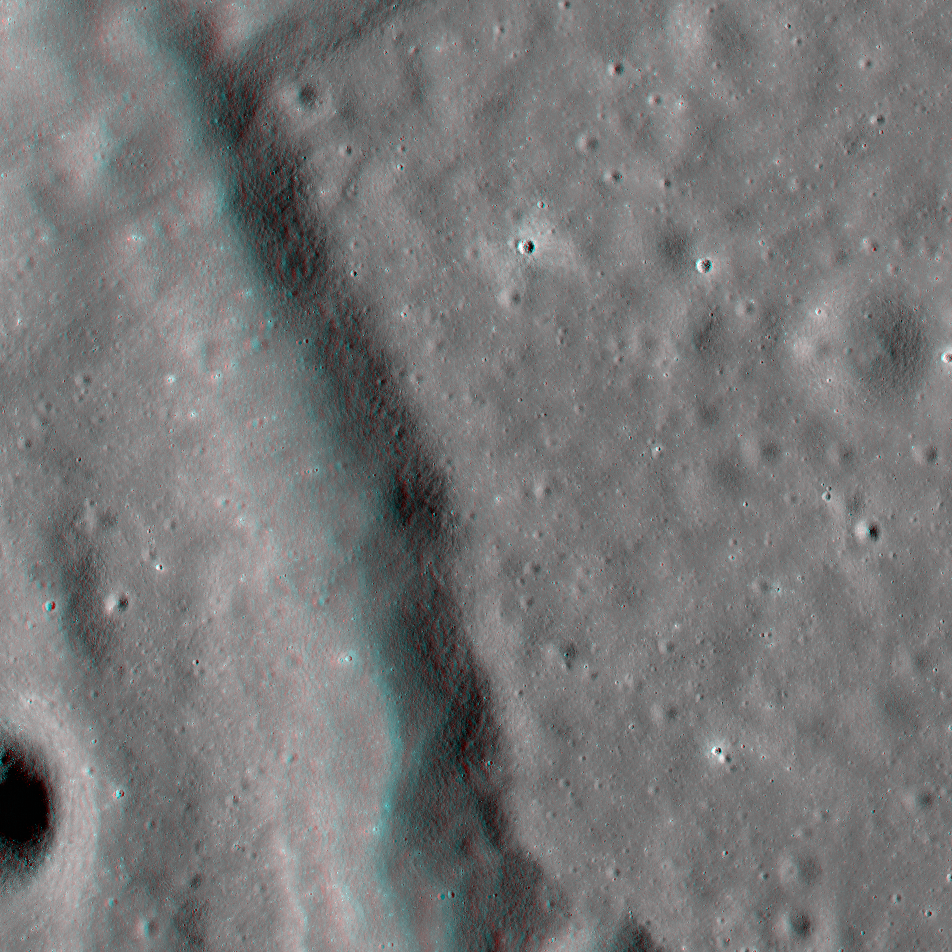
NAC Anaglyph: Triesnecker Fractures
A graben (a negative relief feature) in Sinus Medii that is part of a complex fracture system named Rimae Triesnecker, which represents deep tectonic deformatoin of the crust [NASA/GSFC/Arizona State University].
Published on 22 Sep 2017
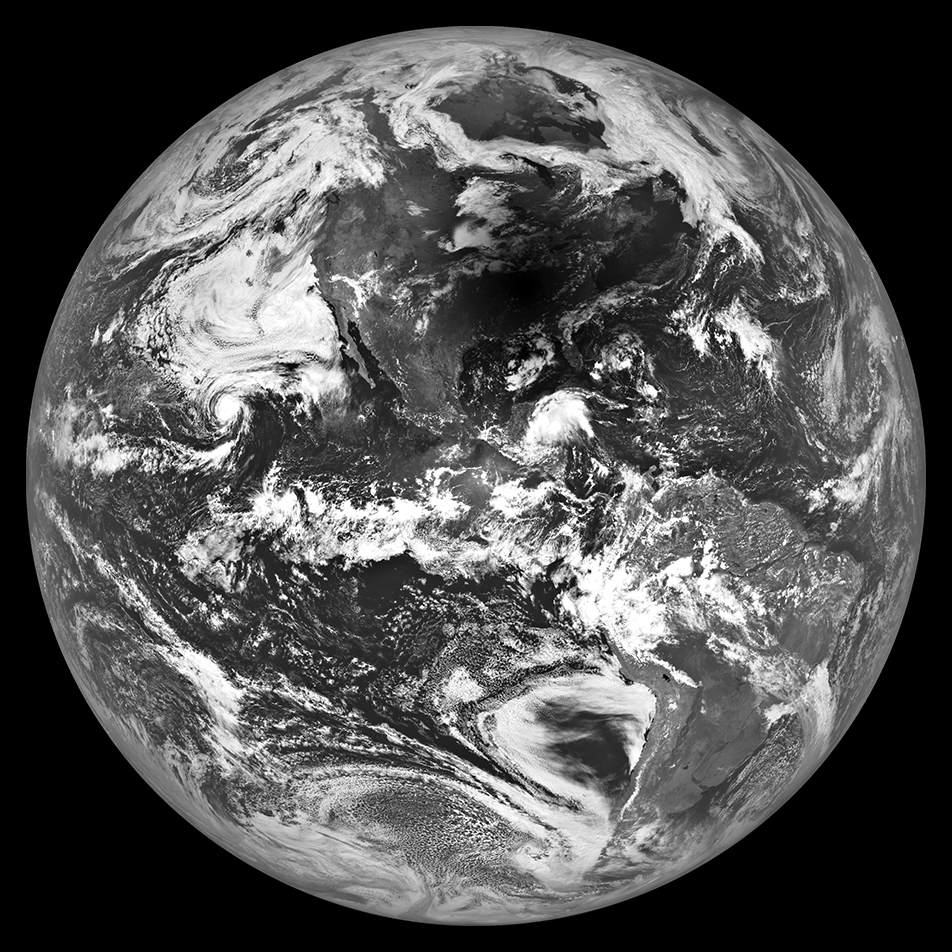
2017 Eclipse as Seen from the Moon
Earth as seen from the Moon during the total eclipse on 21 August 2017. The shadow of the Moon is centered over Hopkinsville, Kentucky (18:25:30.386 UTC or 1:25:30 pm Central Daylight Time in Kentucky; E1257979198R, NASA/GSFC/Arizona...
Published on 29 Aug 2017
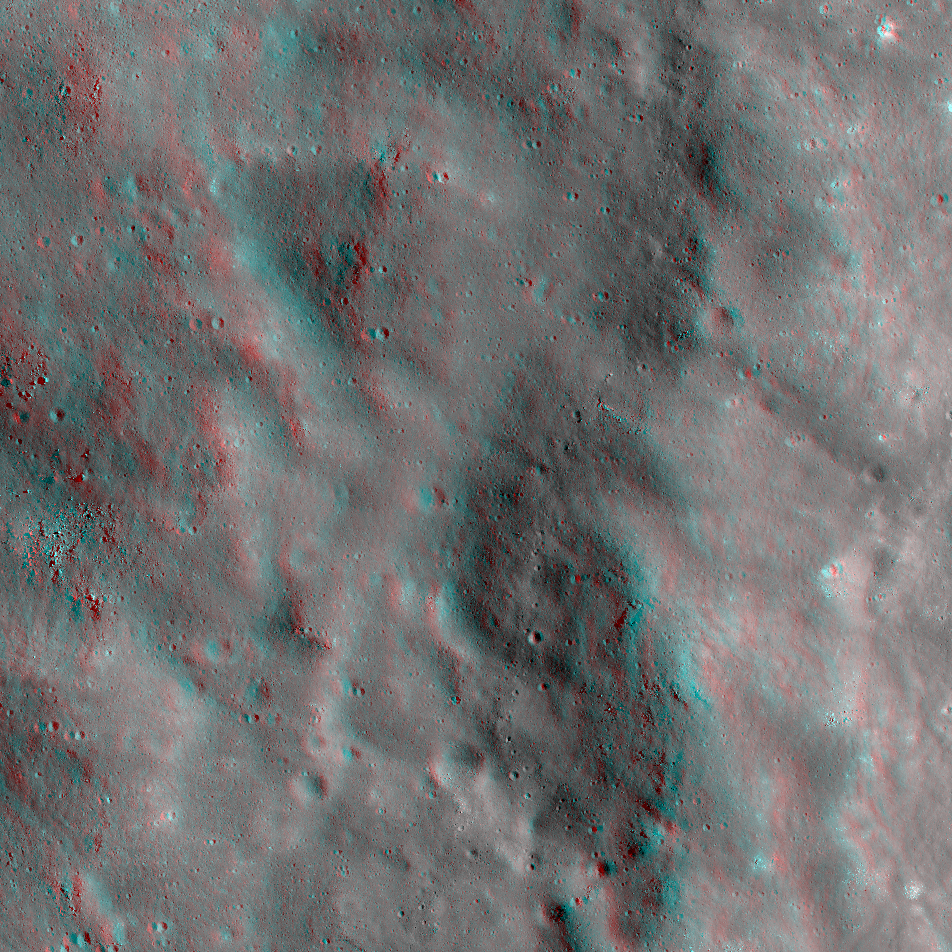
NAC Anaglyph: Tsiolkovskiy Crater Terrace
A portion of the terraces that make up the southeastern wall of Tsiolkovskiy Crater. The "rough and tumble-down" appearance of the wall conveys the dynamic processes involved in impact cratering events of this magnitude...
Published on 11 Aug 2017
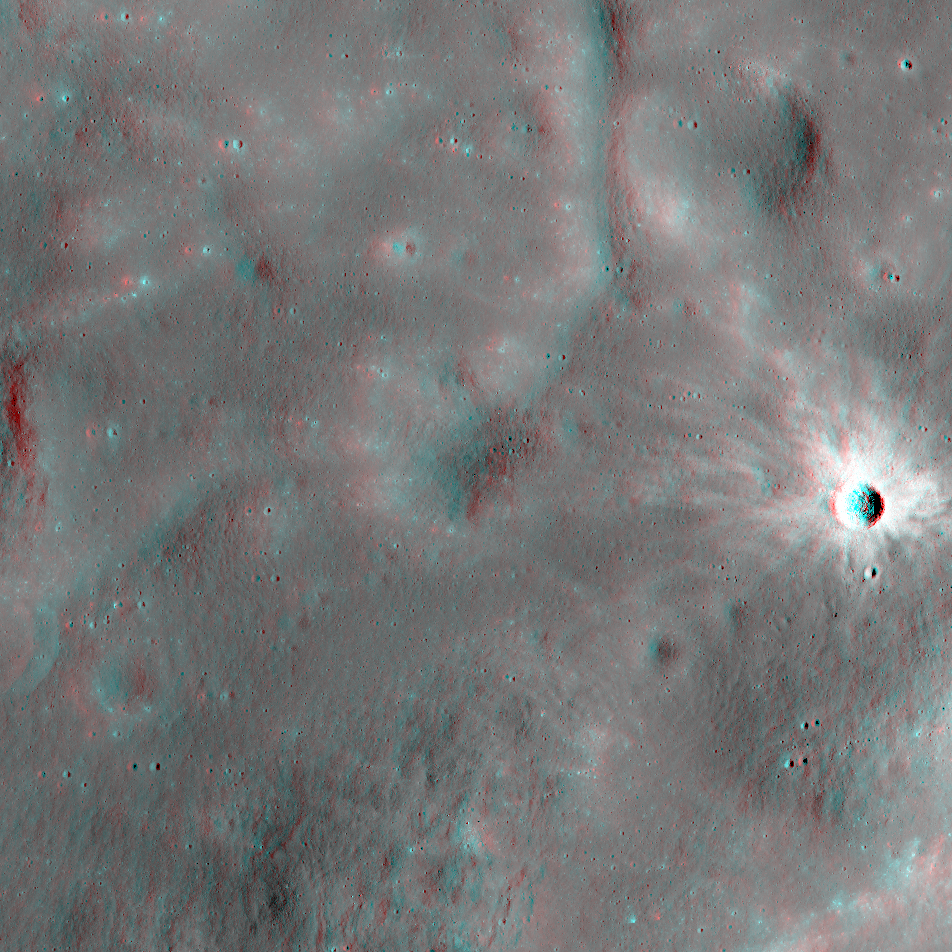
NAC Anaglyph: Haldane Crater
A fractured, bright, and fresh crater stands out on the floor of Haldane Crater, a 35 km diameter crater which has an unusual double-rim morphology on its eastern half. Possibly formed from a second, later impact [NASA/GSFC/Arizona...
Published on 04 Aug 2017
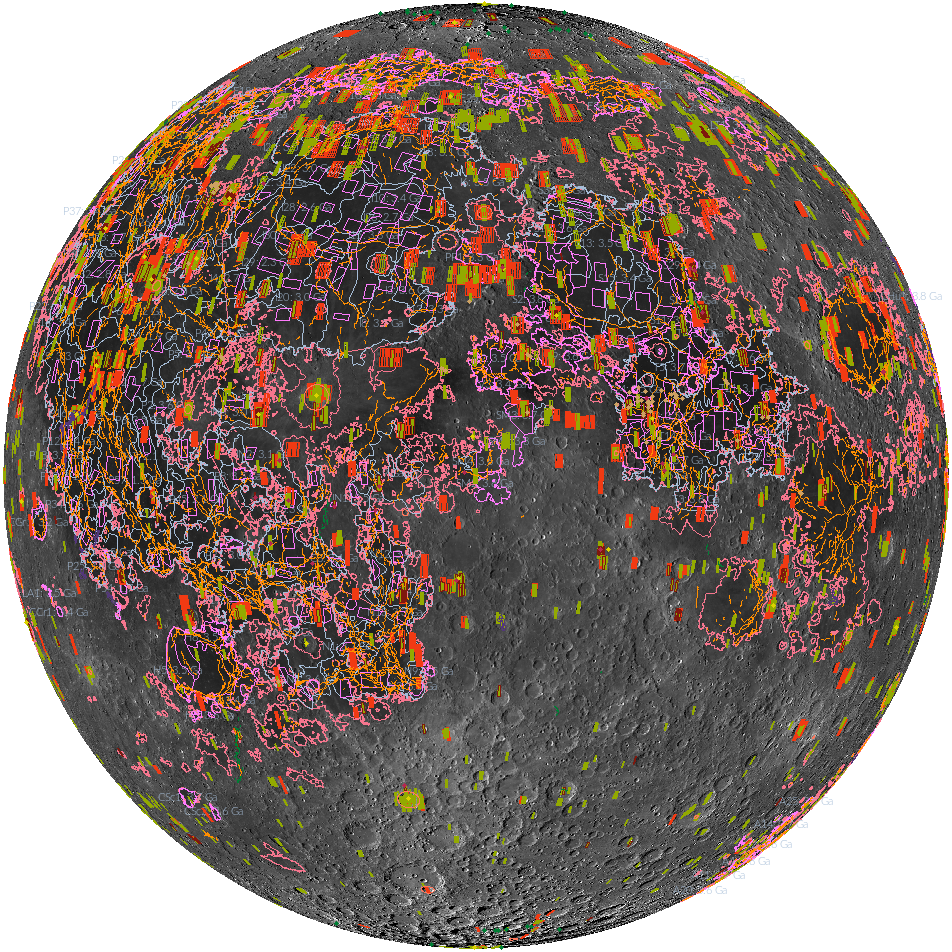
'Shaping' Lunar Science with Vector Data
Twenty new shapefiles created by the LROC Team are now available! A few of the shapefiles shown here include mare age units, footprints of digital terrain models (DTMs), and the locations of small geologic features such as...
Published on 18 Jul 2017
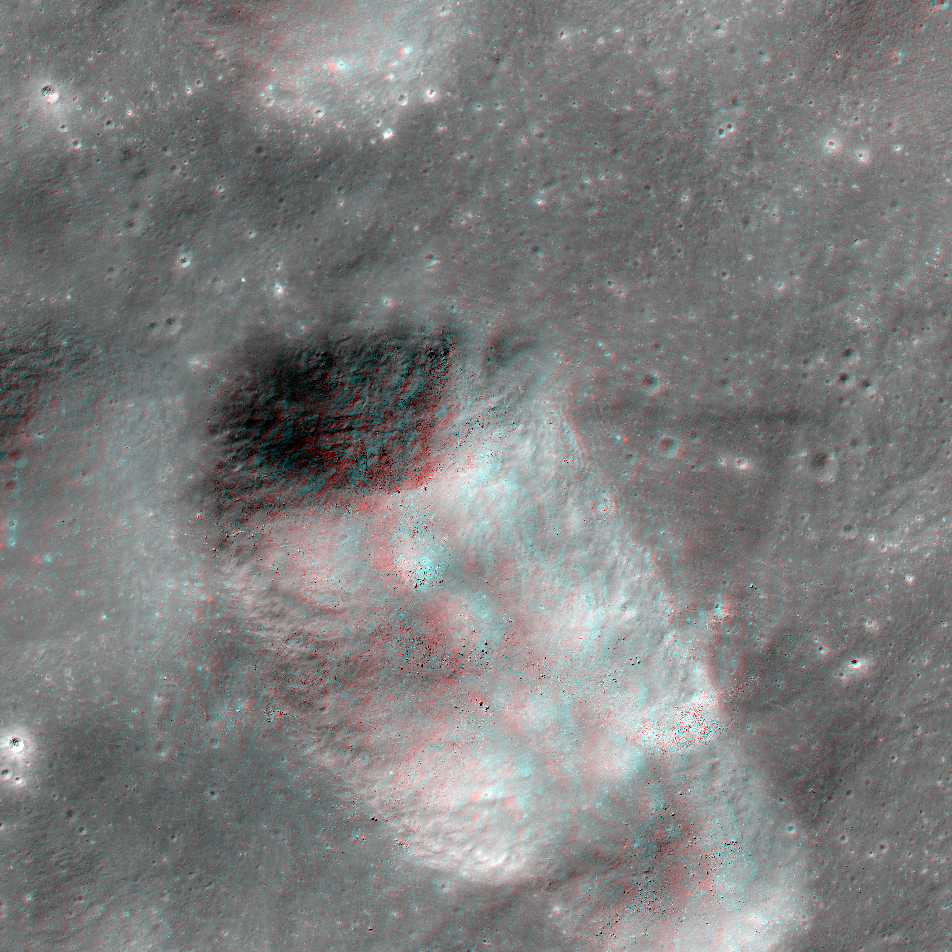
NAC Anaglyph: Secondary crater in Mare Australe
Secondary crater in Mare Australe. The bright spot to the west is a small, fresh 100 meter impact crater. [NASA/GSFC/Arizona State University].
Published on 07 Jul 2017
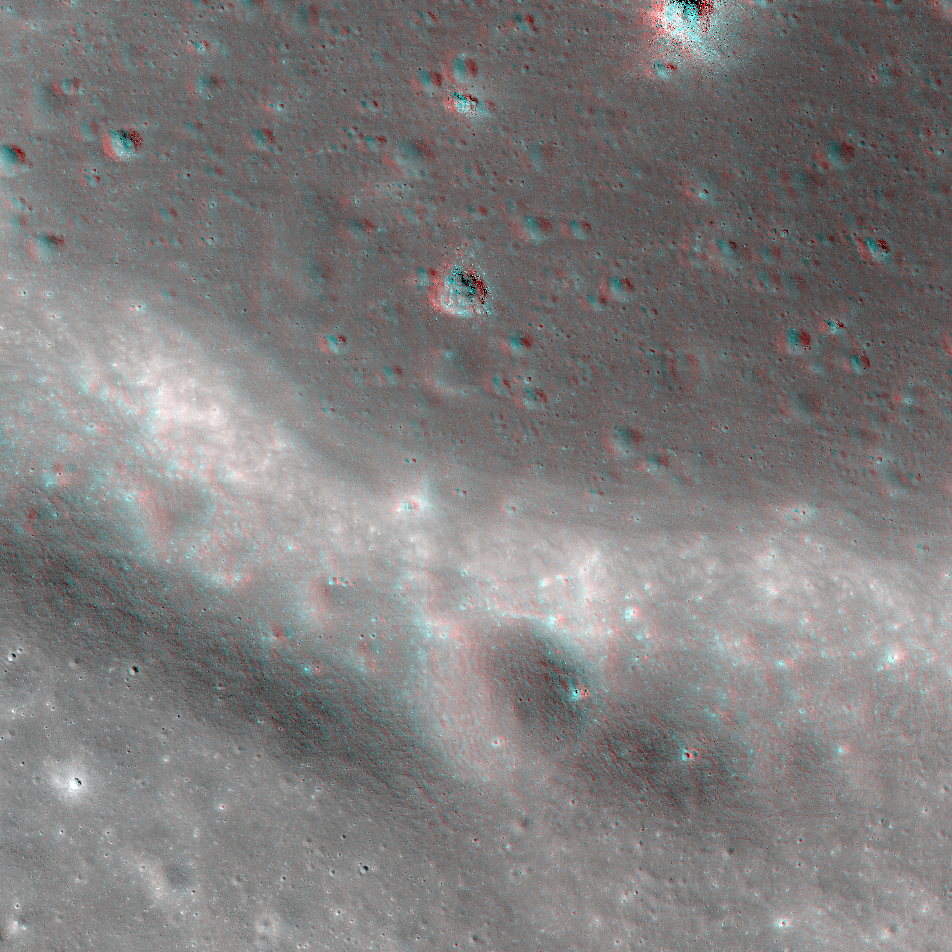
NAC Anaglyph: Mare Shoreline in Apollo Basin
A portion of the southwestern mare "shoreline" in the Apollo basin on the farside. This contact between ancient lava plains and a remnant crater rim shows the lunar surface as a land of contrasts -- of expansive plains and jutting...
Published on 30 Jun 2017
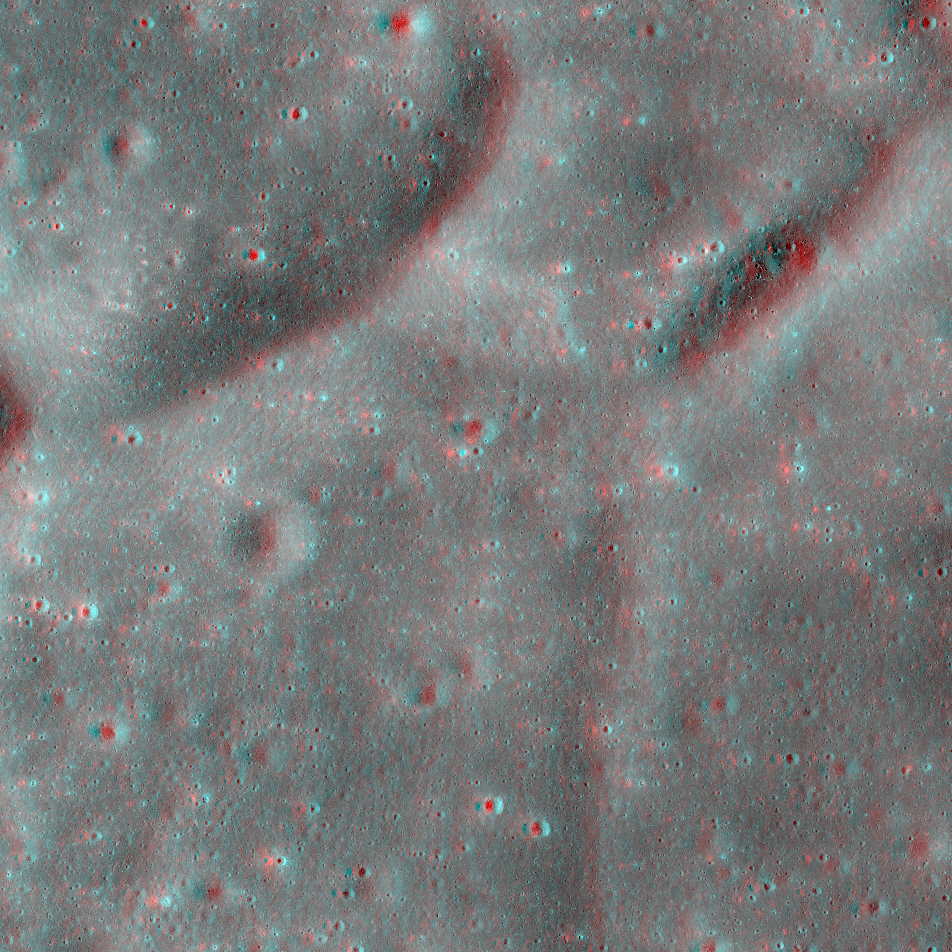
NAC Anaglyph: van den Bos Crater
van den Bos is a small (22 km) floor-fractured crater on the lunar farside. The shallow floor of the crater is crossed with fractures rougly concentric to the crater walls. [NASA/GSFC/Arizona State University].
Published on 23 Jun 2017
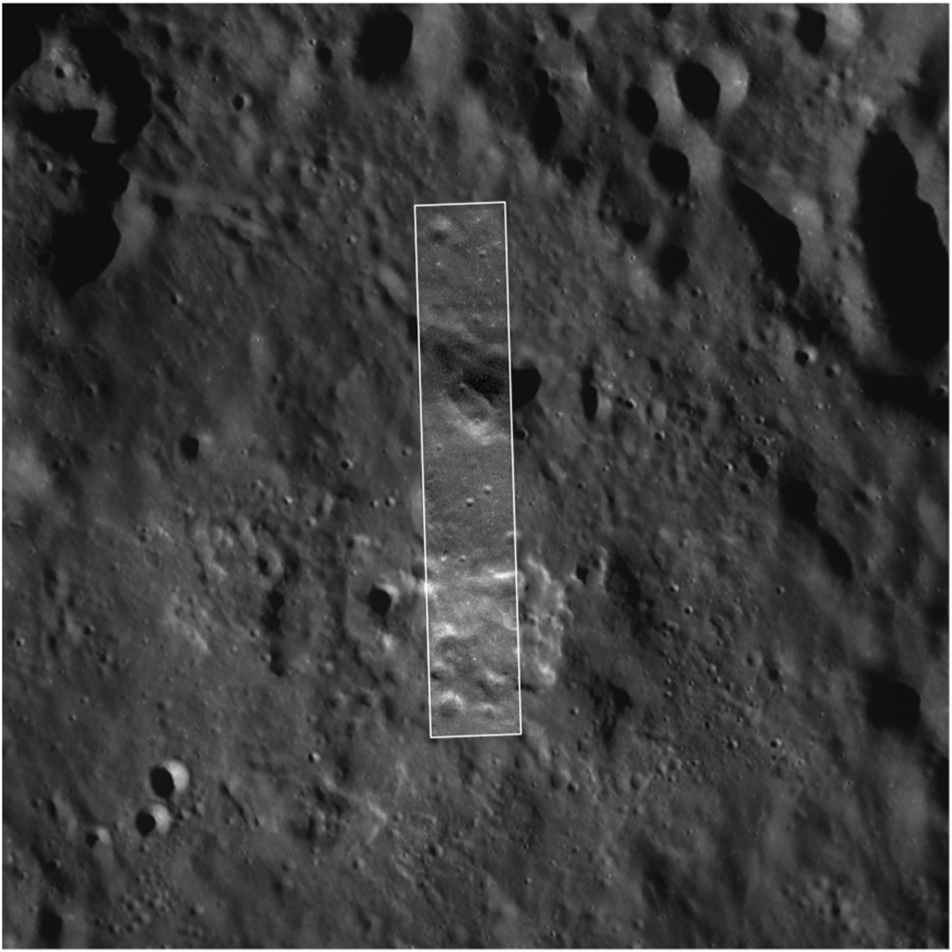
New View of Rare Volcanism on the Moon
The Compton-Belkovich Volcanic Complex central caldera complex was first discovered in LROC images (61.20° N, 100.27° E; WAC mosaic with NAC image M103852760R in the center). Variations in the reflectance values were used to estimate...
Published on 05 Jun 2017
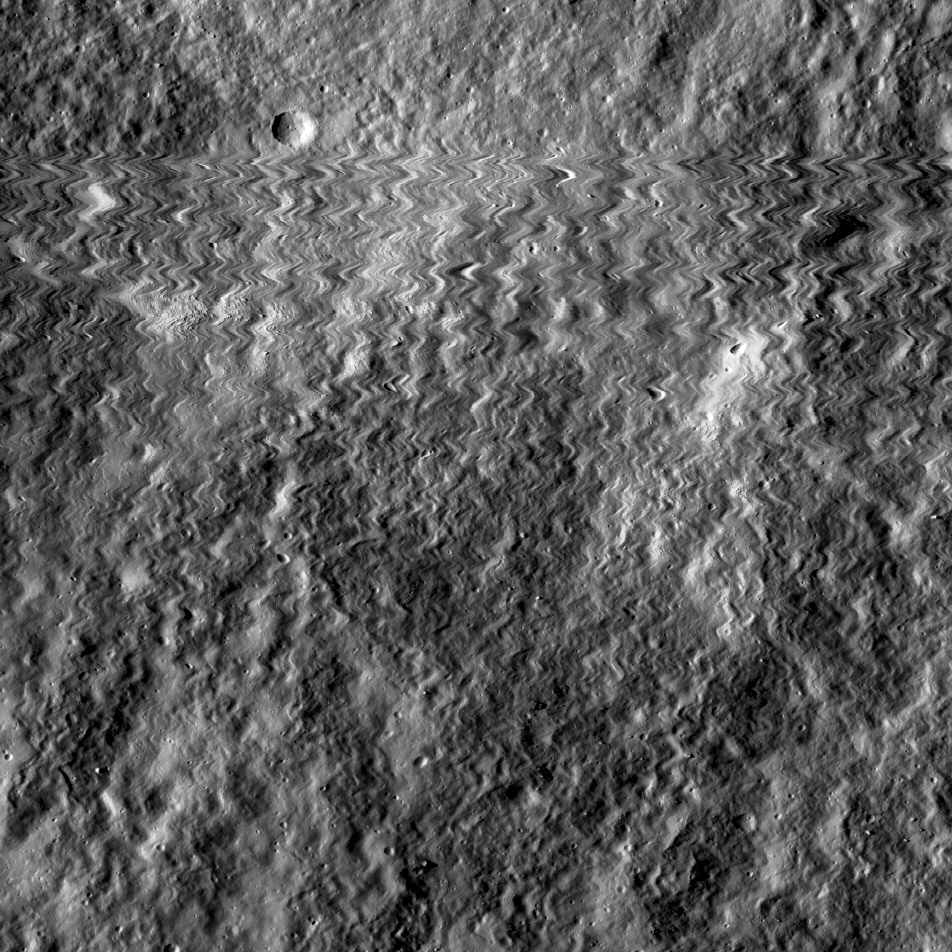
Struck by a Meteoroid!
The first wild back-and-forth line (line # 22,616) records the moment (October 13, 2014 at 21:18:48.404 UTC) the left NAC radiator was struck by a meteoroid (image M1167874395L). [NASA/GSFC/Arizona State University]
Published on 26 May 2017
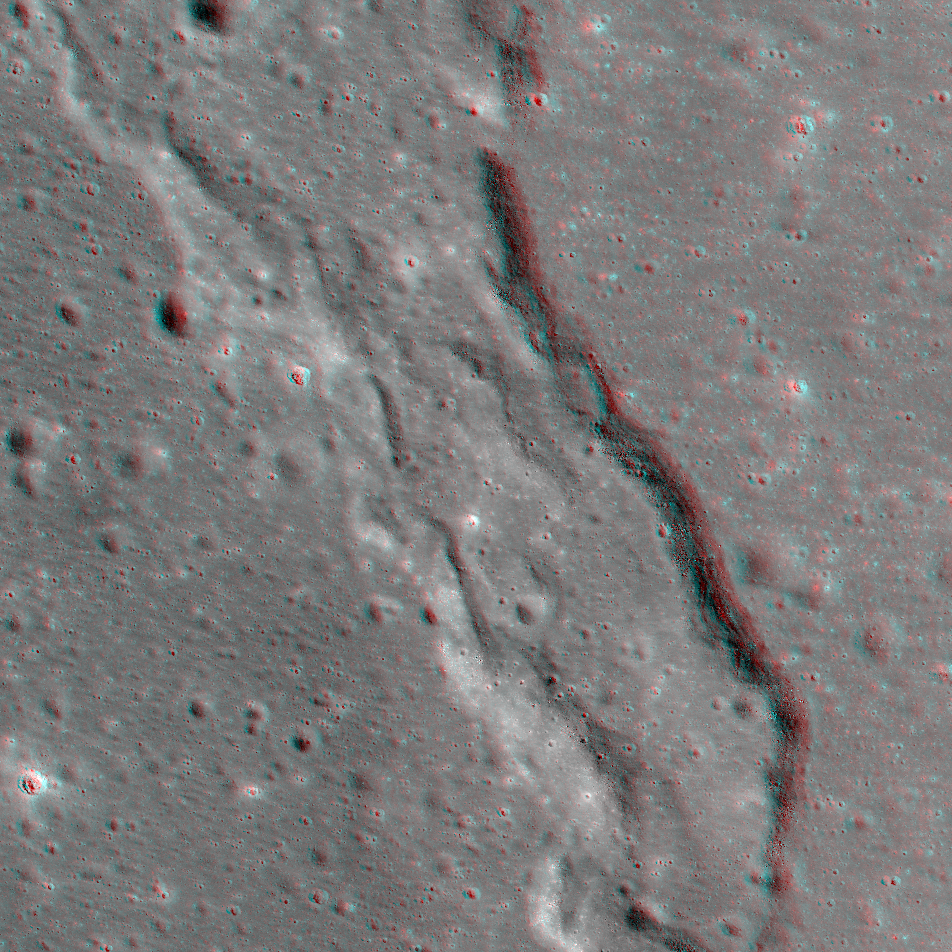
NAC Anaglyph: Dorsa Whiston
A distinctive wrinkle ridge in Oceanus Procellarum named Dorsa Whiston. Ridges like this one result from substantial compression within portions of the lunar maria [NASA/GSFC/Arizona State University].
Published on 12 May 2017
Tycho Limb Shot!
Magnificent oblique view of the eastern side of Tycho's central peak acquired when the Sun was relatively high above the horizon. From the viewpoint of LROC the Sun was behind and a bit to the north, so shadows are mostly hidden, thus...
Published on 27 Apr 2017